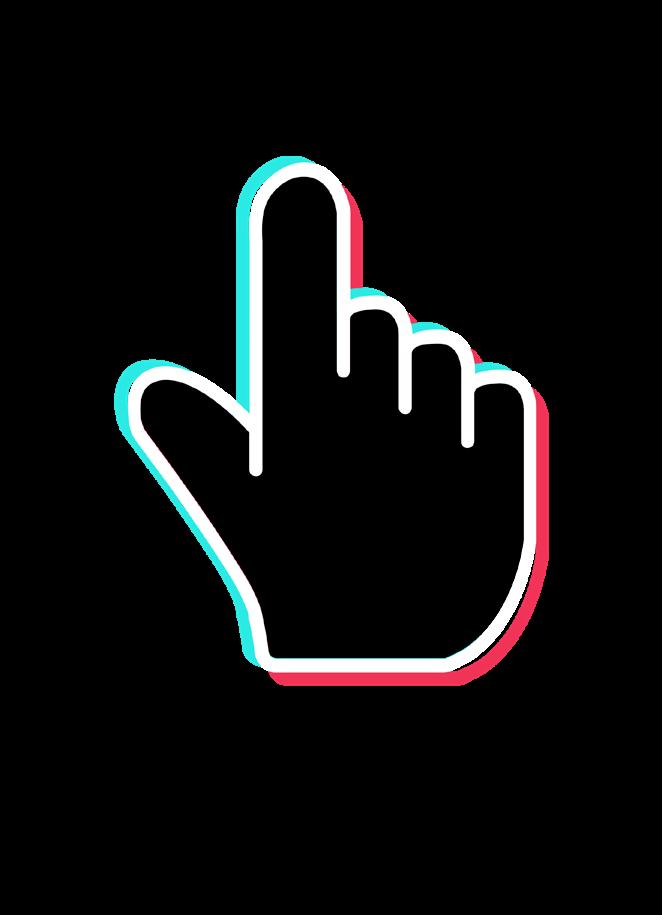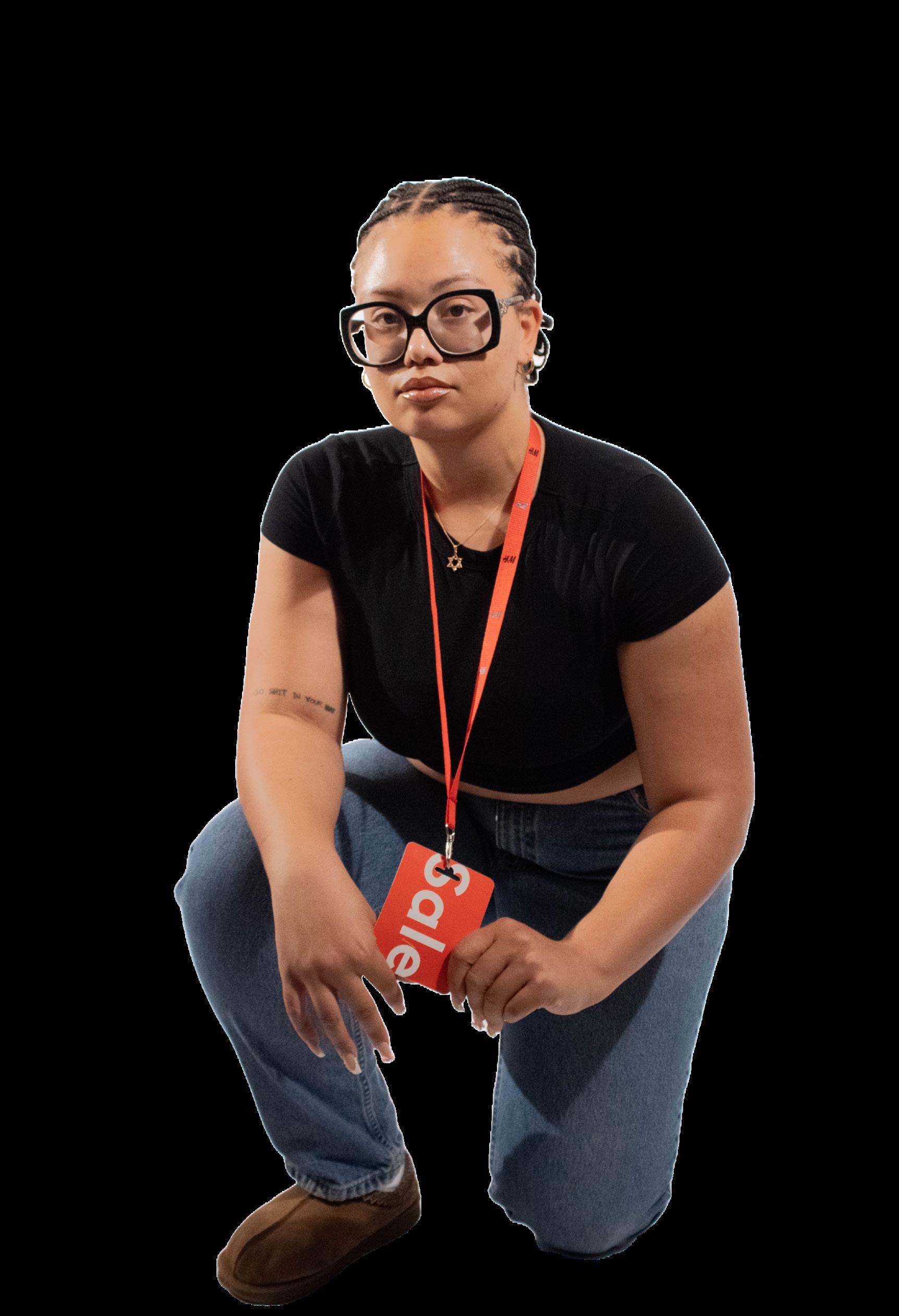
4 minute read
MICROTRENDS & TIKTOK SHOP BUY NOW AND WEAR WHEN?
By Taylor Shepherd Staff Writer
In a world where fashion evolves faster than ever, people can find themselves facing the inevitable question: What to do with a once-beloved collection of clothing? Once out of style, the clothes now lay dormant in the closet, overshadowed by new trends.
Trends emerge and vanish in the blink of an eye. “TikTok Shop is a feature on TikTok where people can find and purchase products directly within the app,” certified medical assistant at Indian Health Center of Santa Clara Valley, Isabel Zaragoza said. “It is a way for creators and brands to showcase and sell their merchandise to their followers.”
Shifting from in-person shopping to online platforms has become the newest fad among Gen Z. According to a 2024 article from Statistica, 47% of Gen Z in the U.S. shop online.“There is money to be made everywhere across the internet,” computer science alum Steven Leiker said. “It is becoming the new market space replacing supermarkets like Walmart.”
According to a 2023 TechTarget article, microtrends tend to have a short lifespan which can evolve into new trends. According to a 2021 Business Insider article, high-waisted pants grew in popularity from the 1970s through the 1990s, then became trendy again around 2010. Maxi skirts are another example of the rise and fall of clothing. They were very popular around the 1960s and 1970s but have faded in and out
Many people scroll through TikTok and end up coming across another ad for a new item. These ads can be seen on the app by users in their “For You” page.“This is where people can buy and sell products that are being advertised on the platform from all over the world,” psychology alum Karina Carillo said. “It has become an easy one stop shop for advertising, buying and selling without having to go to a store.”
Like Shein and Temu, TikTok Shop has grown in popularity as 58.2% of TikTok users say they use the shop, according to a 2023 article from OnlineDasher.
“Some clothing websites like Shein and Temu, alongside TikTok Shop, are so inexpensive that there are more consumers,” Foothill College business development graduate Yolanda Tavera said.“Buying and selling clothes has become easy, and it is easier to keep up with the fashion trends if wanted.”


IS TIKTOK A FUTURE FOR SUSTAINABLE FASHION?
TikTok has developed a growing group of content creators focused on promoting sustainability such as NoNewNewPlace, Sam Clovers and Summers Threads. These companies are producing and promoting products that are focused on upcycling old clothes to lessen the impact consumers have on the planet.
This includes greenwashing, thrift flips and the use of zero-waste textiles. According to Merriam-Webster, greenwashing is the act of making a product appear to be more environmentally friendly or less environmentally damaging than it really is.
TikTok Shop lets people be conscious consumers in working towards sustainable fashion, whether this is through buying or selling products.


“It has created new opportunities for small businesses and independent creators to showcase their unique styles,” Zaragoza said. “It has also made shopping more convenient and accessible for people who can now find and purchase items without leaving the app.”

Visuals are key for TikTok, making it a platform for various fashion brands.“Most people are visual shoppers, and TikTok is a platform where people can post a visual representation of an item sort of like a real-life modeling of a product,” Carrillo said. “When people see an item and its functions, they are more inclined to purchase it than when they only get a description or a 2D image.”

A driving force for marketing in the fashion industry has been collaborating with influencers big and small.
“Some videos of products being used or demonstrated are quite convincing, so I would consider buying from there in the future if I come by something I really want to try,” Tavera said.
According to a 2024 article from Earth. org, fashion production makes up 10% of total global carbon emissions. It dries up water sources and pollutes rivers and streams. 85% of all textiles go to dumps each year.
As more awareness comes to this, people are moving away from fast fashion, and into an eco-friendly environment utilizing more materials such as organic cotton, hemp and recycled polyester.














